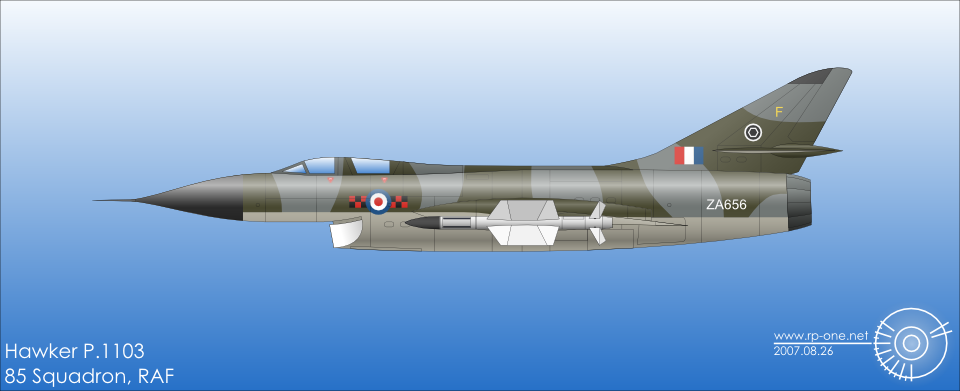abc123
Banned
Apologies for sounding like a heretic, but I often struggle to appreciate some of these military mega projects. While I appreciate the loss of the Hawker P.1121, the loss of super expensive and often impractical designs like the p.1154 was most likely a blessing in surprise. It's design, for instance would most likely never have been practical for its intended purpose (rough field V/STOL operations) while the problems with gas in gestation would have been disastrous.
The TSR.2 - a fundamentally great aircraft but the costs and limited export potential limiting the numbers which could have been operated made it a white elephant and would have left the air force without enough tactical fighter support. A smaller but reasonably ranged tactical/strike fighter ala the AFVG or an original spec Tornado (before the Germans and Italians cut it's balls off) would have been much better for both the British military and the countries export market. Such an aircraft could also be a good multi role strike/interceptor for the navy.
The Avro Arrow - probably the greatest pure interceptor ever in terms of design time frame and electronic technology used. But it was vastly more aircraft than the RCAF ordered and had a limited, nay non existent export market given:
A - How thorough bred it was in terms of being a pure standoff high altitude missile platform. Probably very limited versatility given this and taking into consideration other such similar designs like the MIG-25, Delta Dart and the EE Lightning. The best aircraft of the era were the likes of the Mirage III and Phantom II that could effectively multitask and do so for a good price.
B - For Canada at least, but by the time the Arrow first flew the main threat to the country was no longer long ranged bombers but ballistic missiles. Such a high performance race horse was no longer needed and simply ate funds away from where it was really needed - the RCN's sub hunting ability.
C - It was monstrously expensive. Even before development had ended (and costs rise further) it already cost four times that of the Delta Dart. Much like the TSR-2 this would effectively limit the numbers operated both domestically and for export.
Sadly, all in all even more of a white elephant than the TSR-2.
However, for those of you who love the P.1121 and other what if's, I found this just the other day - enjoy!
http://www.bisbos.com/aircraft_cancelled.html
Russell
I agree.
Only bad thing aout Hawker 1121 is maybe that it is a very large aircraft ( about 22 m long IIRC ).
Maybe TSR-2 would be a good aircraft if they make it with VG wings like Vickers V.589.
Also, can you tell me more about that "original" Tornado?
Last edited:
